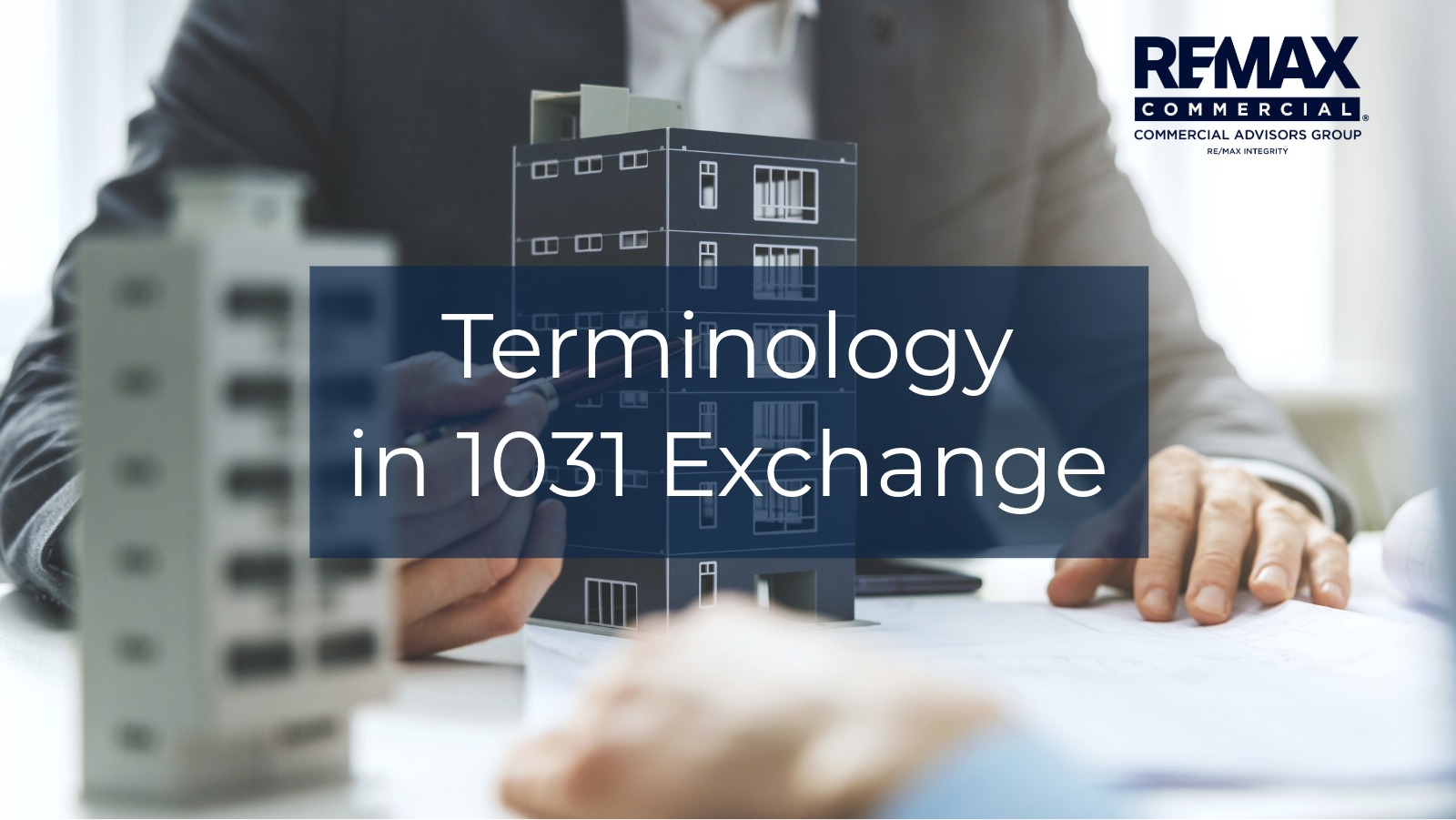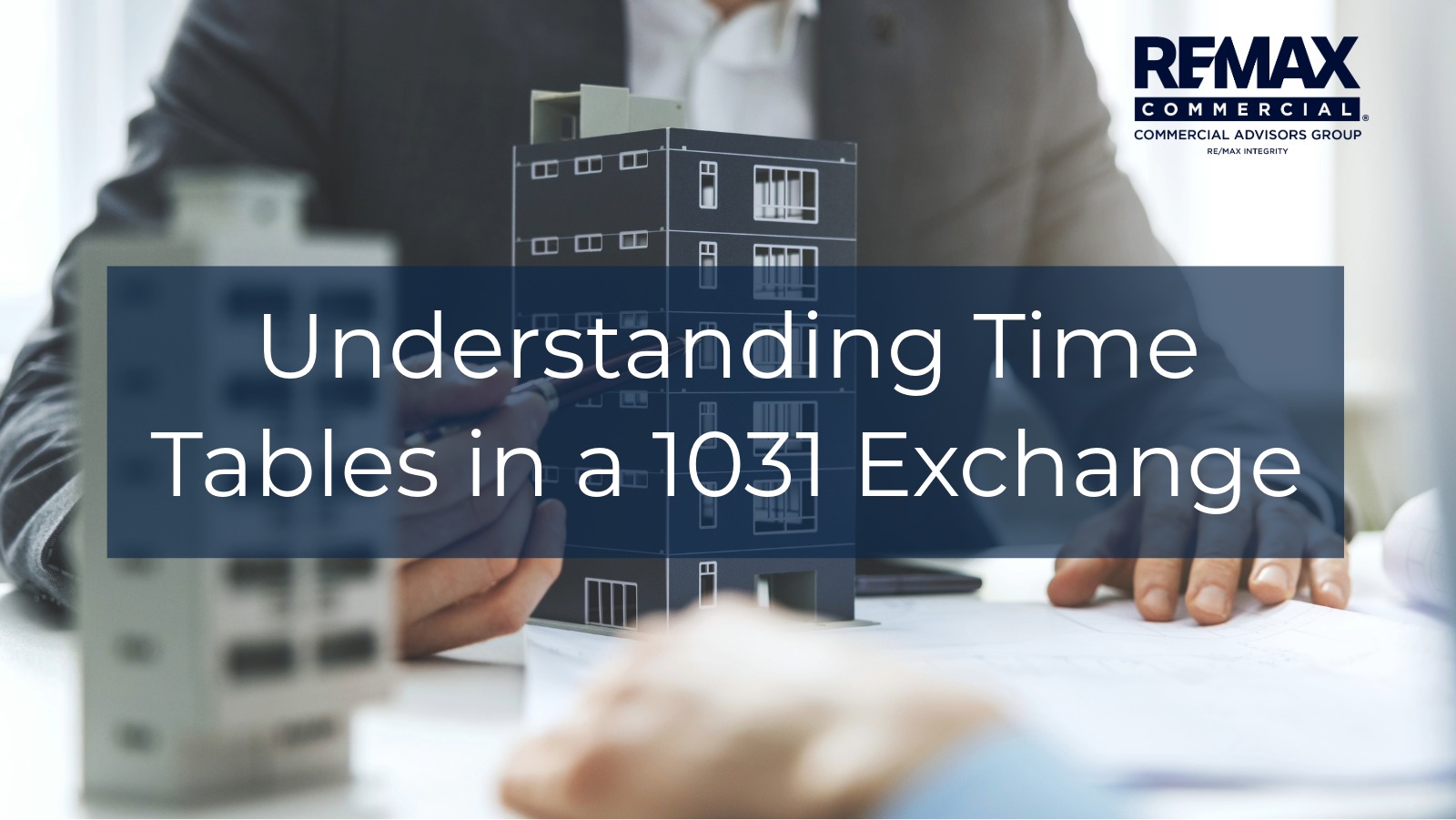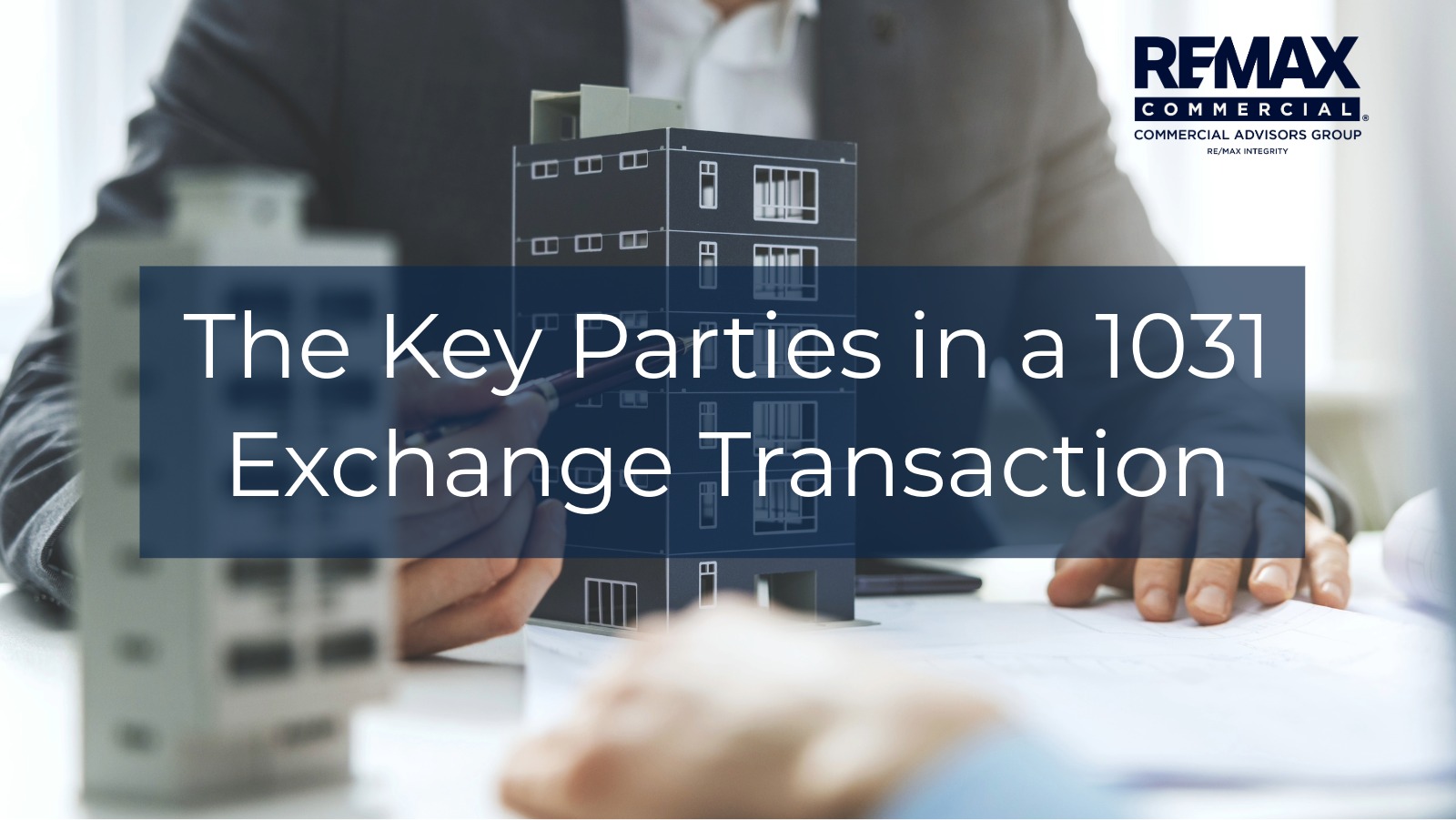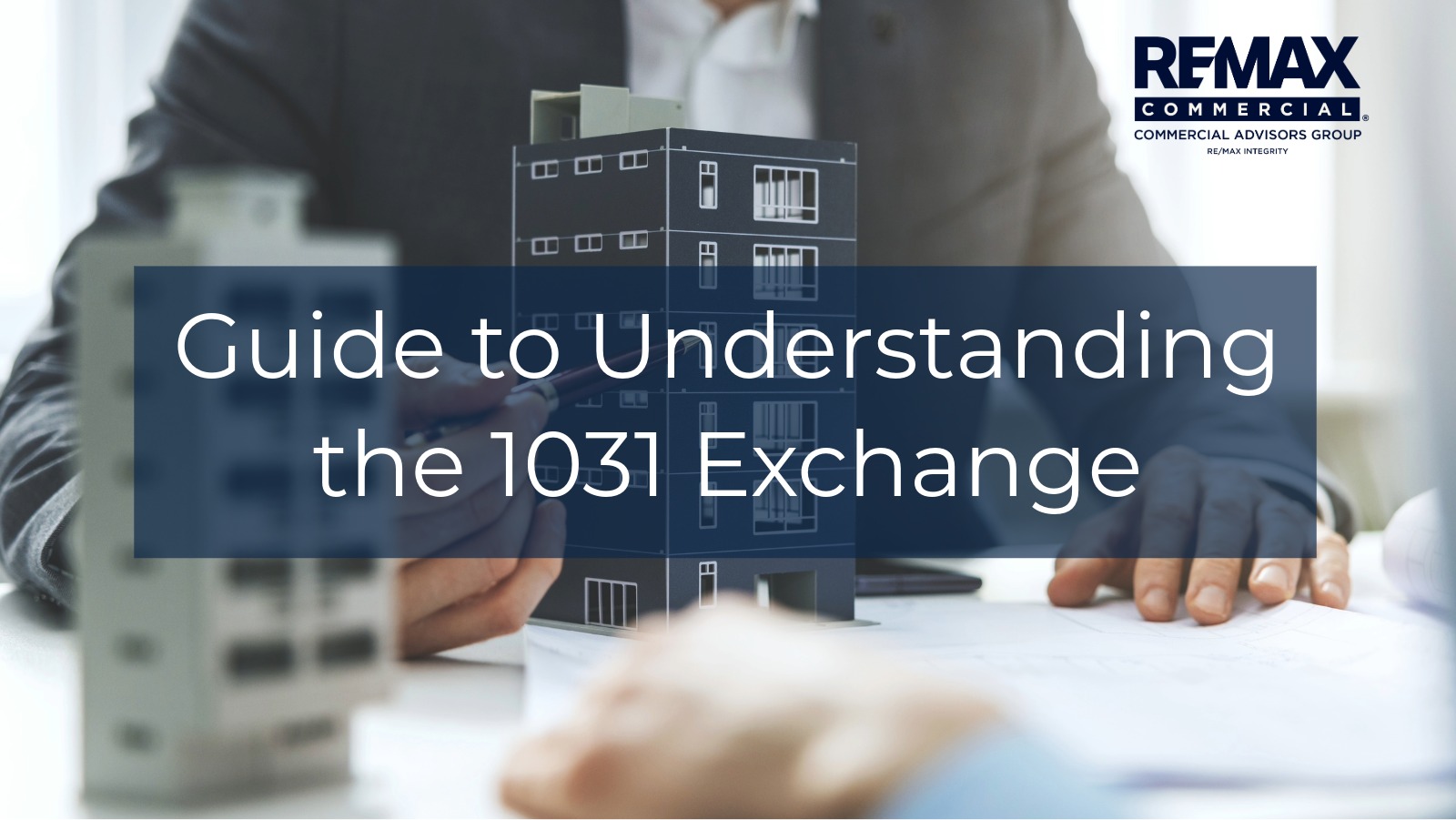As a commercial property owner, saving taxes and maximizing profits should be your top priority. One of the smartest ways to achieve this goal is by exploring the 1031 exchange option. Also known as a like-kind exchange, a 1031 exchange allows you to defer taxes on the sale of your property by reinvesting the proceeds in a similar property.
Let’s explore different types of 1031 exchanges in detail, including Lifetime Exchange, Tax Deferred Exchange, Build-to-Suit Exchange, Safe Harbor Reverse Exchange, and Delayed Exchange.
Lifetime Exchange
A Lifetime Exchange, also known as an installment sale, allows you to sell your property over several years and pay taxes on the gains in installments.
The goal is to reduce your tax burden by spreading it over a longer period of time. If you’re planning to retire soon and are looking for a steady income stream, this exchange can be an excellent option for you.
The Tax Deferred Exchange
The most common type of 1031 exchange is the Tax Deferred Exchange. It allows you to sell your property and reinvest the proceeds in a new property without paying taxes on the gains. The exchange requires you to identify a new similar property within 45 days of selling your current property and close on the new property within 180 days.
The exchange is not only advantageous from a tax-saving standpoint but also allows you to upgrade your property and increase your rental income.
The Build-to-Suit Exchange
The Build-to-Suit Exchange is an excellent option for property owners who want to construct a new property rather than buy one. This exchange requires you to identify qualified intermediaries who will help you build the property and make the purchase on your behalf. The key advantage of this exchange is that you can customize the property to suit your specific needs.
The Safe Harbor Reverse Exchange
The Safe Harbor Reverse Exchange option is perfect for those who decide to purchase a new property before selling their existing property.
It allows you to acquire a replacement property before selling your current property, with the help of an Exchange Accommodation Titleholder (EAT) who holds the replacement property until the original property is sold. This exchange allows you to defer taxes without worrying about the timing of your property sale.
The Delayed Exchange
Lastly, the Delayed Exchange allows you to sell your property first and identify a replacement property later. This exchange provides the most flexibility and allows you to use the proceeds from your current property to purchase a new one at your pace. You have 45 days to identify the new property and 180 days to complete the purchase.
A 1031 Exchange can be an incredible saving grace for commercial property owners looking to defer taxes and sell or upgrade their properties. Understanding the different types of exchanges and their advantages and limitations is crucial before deciding which is right for you.
Consult a reputable real estate attorney or a qualified intermediary to understand the nuances involved in the process and ensure the successful completion of your exchange.
Are you ready to explore your 1031 Exchange options?






